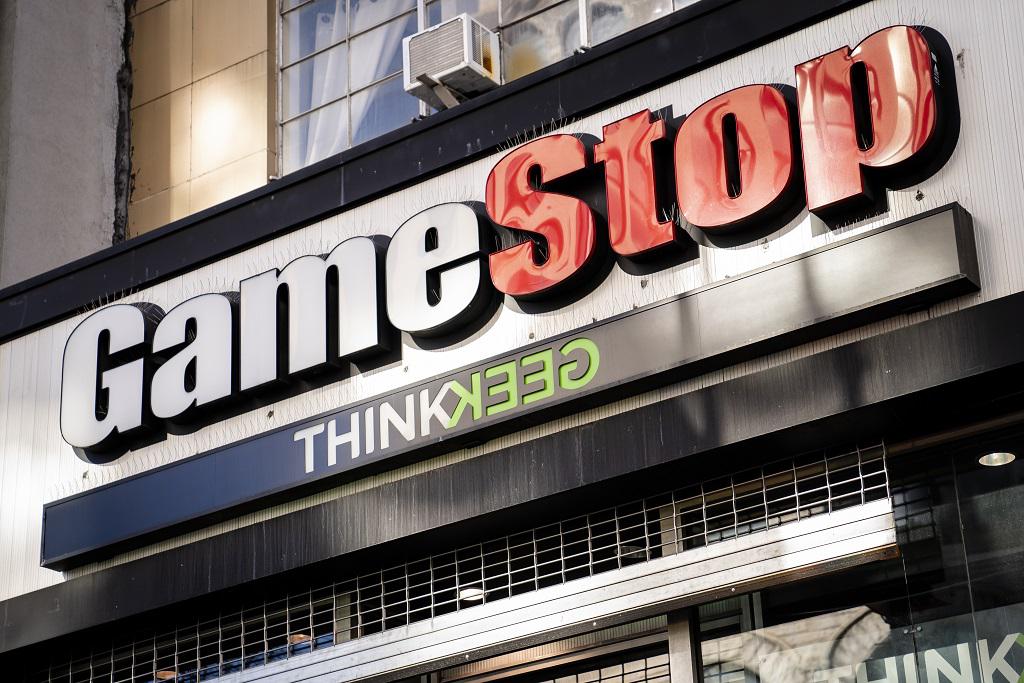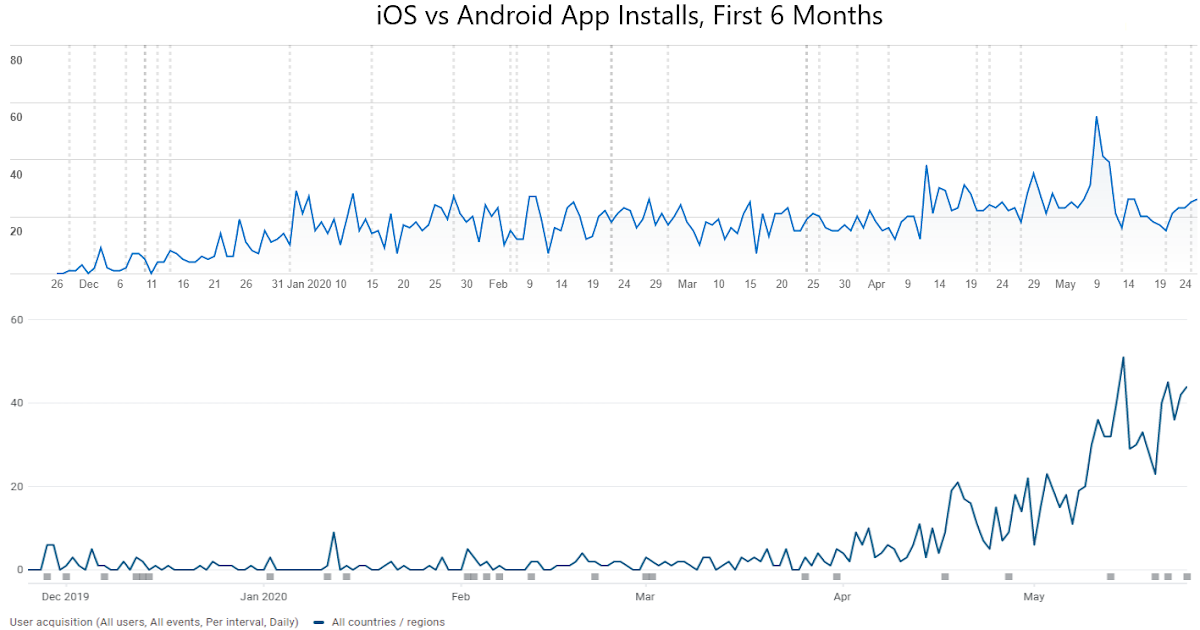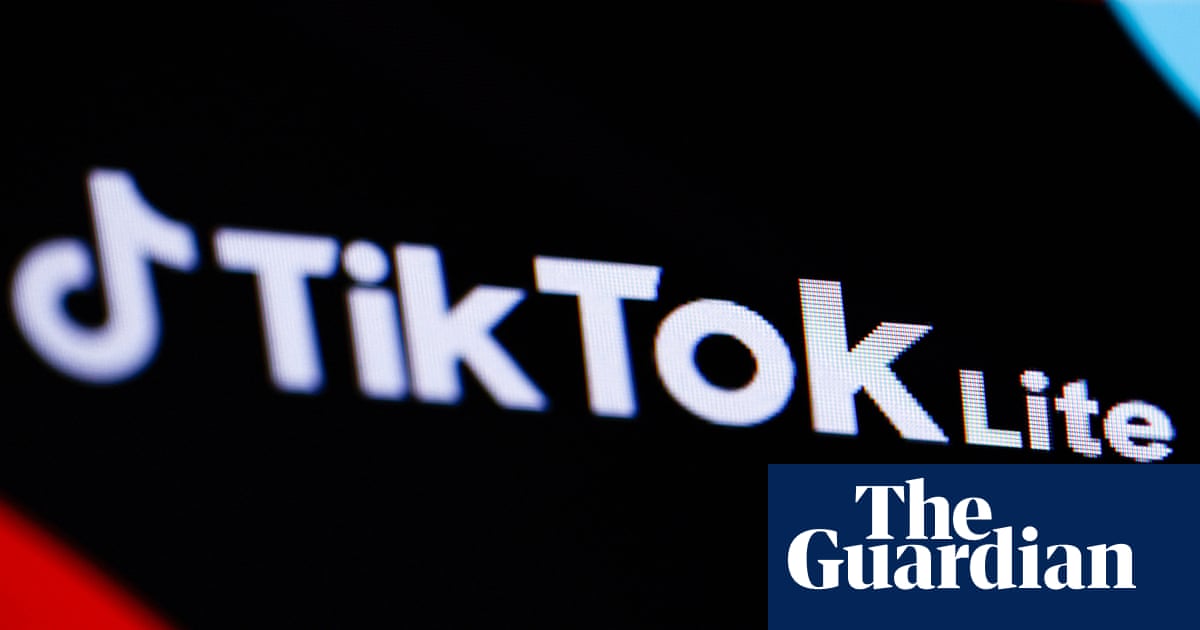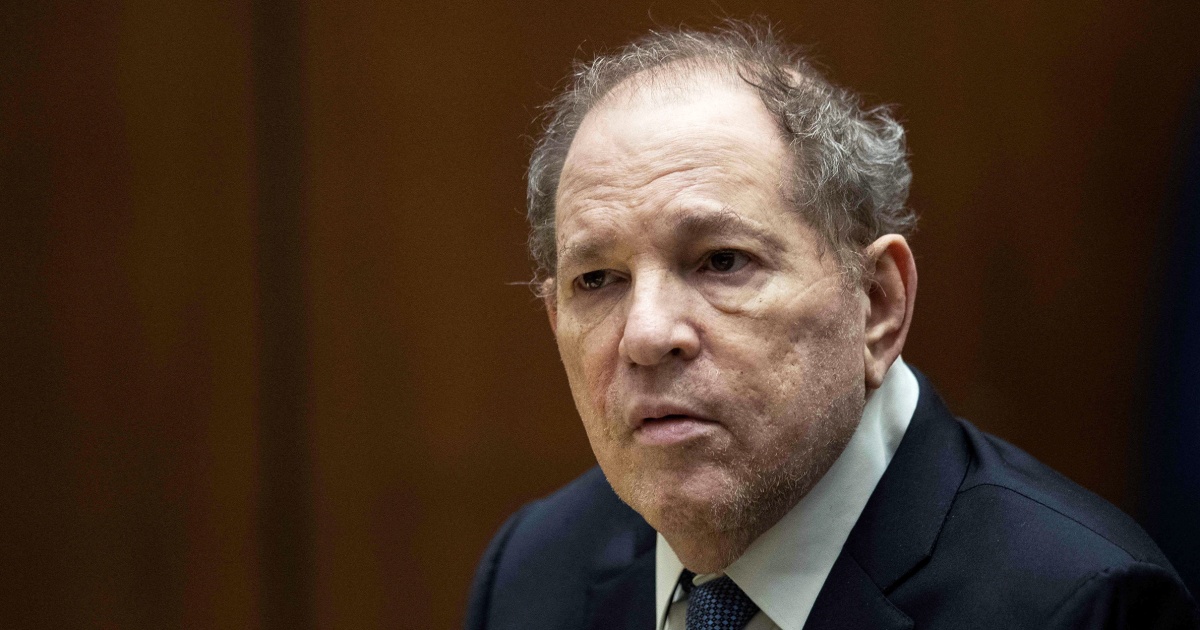
How the GameStop Hustle Worked
In the aftermath of the GameStop run-up in January, retail investors found telltale signs of a common yet egregious trading fraud by major brokers and hedge funds.
I have written previously for the Prospect about the frenzy over GameStop (GME), the video game and electronics company. By now, you know the story. Millions of retail investors made the stock soar by over 1,000 percent in January 2021. This brought disaster upon a handful of hedge funds that had bet on GameStop’s stock to drop. According to Markets Insider, one analyst estimated losses in February of roughly $19 billion. The hedge fund Melvin Capital reportedly closed out its position after taking a drubbing of 51 percent. Another fund, Maplelane, lost 40 percent.
The rally eventually subsided, and the stock fell, though it remains well above its original price. But as retail investors looked into the details in the aftermath, they found telltale signs of a common yet egregious trading fraud by major brokers and hedge funds, which evaded what could have been far bigger losses. What happened around GameStop can be explained only by massive counterfeiting of shares.
The Securities and Exchange Commission (SEC), which along with other regulators could confirm whether the patterns seen in GameStop trading constitute fraud, has known about and largely ignored practices like this for years. The financial media also ignores this systemic corruption.



















